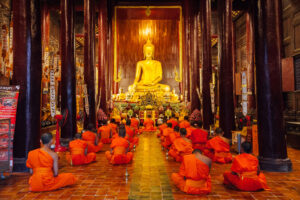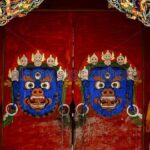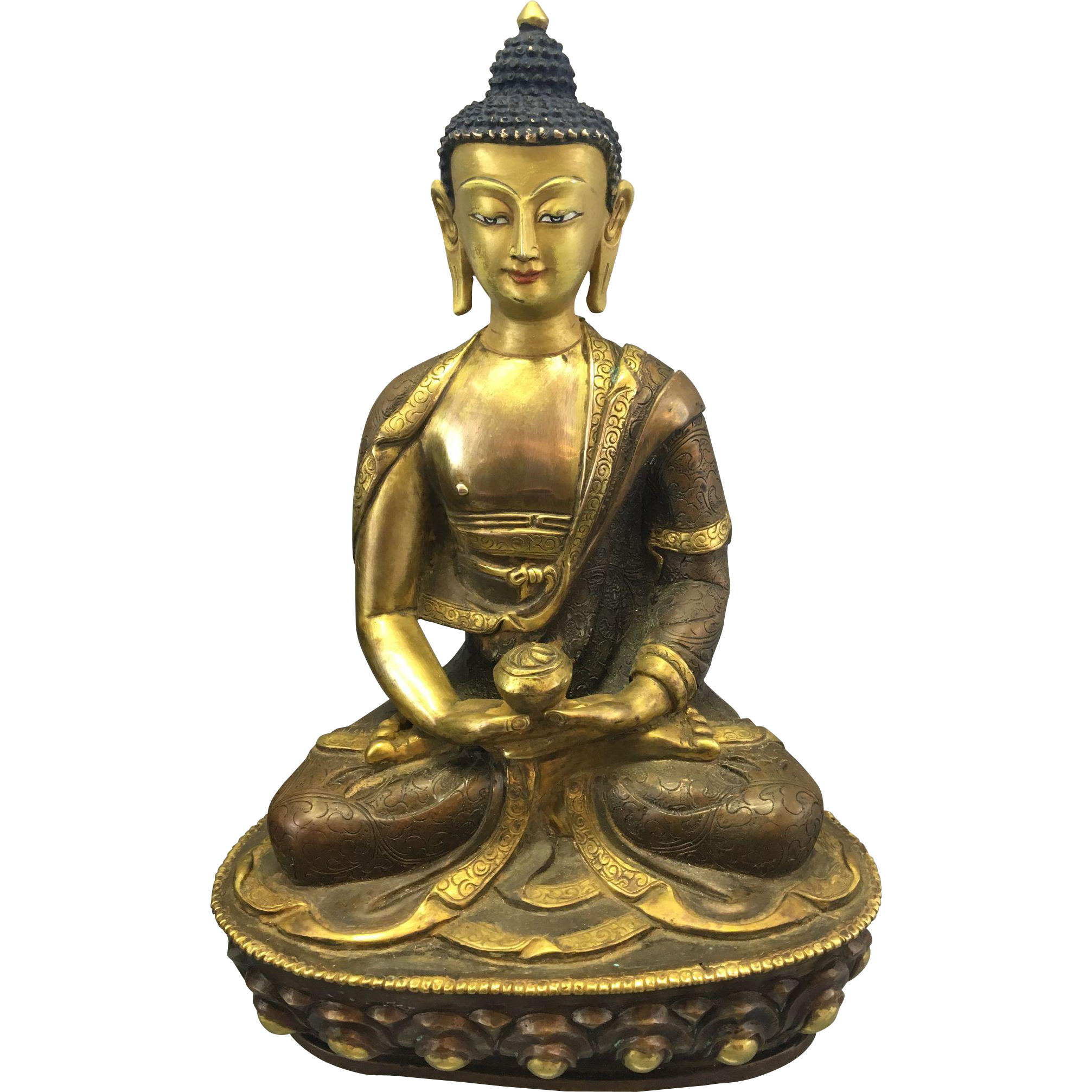Welcome to our thirty eighth online suggested practise for the week. We are now broadcasting a live teaching each Monday evening. If you would like to participate please contact us using the contact form on the homepage.
1.0) If you feel so inclined, begin by reciting the usual prayers (please follow below links for text). Alternatively, try to think or articulate a wish for all beings to achieve liberation from suffering, etc .
Four Thoughts: contemplating each in turn – http://northantsbuddhists.com/the-four-thoughts/
Refuge Prayer: twice in Tibetan, once in English – http://northantsbuddhists.com/the-refuge-prayer/

2.0) A reading and short meditation on dying – Presented by Bob Pollak

Eight Stages of Dissolution Experienced at the Time of Death (also during sleep, fainting, orgasm…)
Tibetan tradition holds that death unfolds in eight stages. During each stage a different physical and spiritual element of the person dissolves or melts, leaving an apparent nothingness at the end. If at the end the dying person can recognize this nothingness as the Ultimate Reality, then he or she will achieve enlightenment.
The first four stages, the gross stages, are the sequential dissolution of the individual’s elements: earth, water, fire and wind. The last four stages, the subtle stages, culminate in the void of the Ultimate Reality.
1st Stage — Dissolution of Earth Earth no longer supports consciousness
The external manifestation of the first stage, the dissolution of earth, is the deterioration of the hard parts of the body. It includes emaciation, weakness, fatigue and clouded vision. The internal manifestation of the first stage is described as mirages. These mirages evolve into other inner visions as the subject passes through the other seven stages.
2nd Stage — Dissolution of Water Water no longer supports consciousness
The external manifestation of the second stage, the dissolution of water, is a decrease in the liquids of the body. The mouth becomes dry and there is a marked decrease in other liquids such as urine, blood, sweat, and semen. The internal manifestation of the second stage is a vision of smoke.
3rd Stage — Dissolution of Fire Fire no longer supports consciousness
The external manifestation of the third stage, the dissolution of fire, is coldness in the body, especially around the navel, considered the heat center of the body. This stage is also marked by an inability to digest food and drink, forgetfulness of friends’ names, unconcern about the affairs of others, the loss of smell, and short inhalation and long exhalation. The internal manifestation is a vision of sparks within the smoke seen in the second stage.
4th Stage — Dissolution of Wind: Wind and air stop supporting consciousness
The external manifestation of the fourth stage, the dissolution of wind, is the inability to perform physical actions and unawareness or unconcern of external worldly activities. The subject neither tastes nor recognizes textures. The internal manifestation is an addition of a sputtering candle flame or lamp to the mirage.
5th through to the 8th Stage (Subtle): Coarse mind dissolves; Medical Death
Red increases Mind more subtle
Black Near-attainment of enlightenment – as if unconscious
Clear Light (of death) Most subtle-mind manifests; experience of non-duality
The fifth stage is the first subtle stage. The external manifestations of the subtle stages are a complete cessation of movement, breath, heartbeat and memory. While to a westerner it might seem that death has occurred, the Tibetan tradition is that the subject still retains a consciousness.
Internally the subject perceives a white appearance. As the subject advances through the subtle stages, the white appearance first turns red, then black. The appearance of black is considered the stage of near-attainment of enlightenment, which at the end, transforms into the clear light of death.
—–0——
2.1) The Tibetan Book of Living and Dying by Sogyal Rinpoche – Presented by Geoff Warren

Bardos & Other Realities
We can divide the whole of our existence into 4 realities: life, dying & death, after death & rebirth. These are the 4 bardos:
1. The “natural bardo of this life
2. The “painfull” bardo of dying
3. The “luminous” bardo of dharmata
4. The “karmic” bardo of becoming
Uncertainty & Opportunity
One of the characteristics of the bardos is that they are periods of great uncertainty. Take this life as a prime example. As the world becomes more turbulent, so our lives become more fragmented. Out of touch & disconnected from ourselves, we are anxious, restless & often paranoid. A tiny crisis pricks the balloons of the strategies we hide behind. A single moment of panic shows us how precarious & unstable everything is. To live in the modern world is to live in what is clearly a bardo realm; you don’t have to die to experience one.
This uncertainty which already pervades everything now, becomes even more intense, even more accentuated after we die, when our clarity & confusion, the masters tell us, will be “multipled by 7”.
Anyone looking honestly at life will see thst we live in a constant state of suspense & ambiguity. Our minds are perpetually shifting in & out of confusion & clarity. If only we were confused all the time, that would at least make for some kind of clarity. What is really baffling about life is that sometimes despite all our confusion , we can also be really wise! This shows us what the bardo is: a continuous, unnerving oscillation between clarity & confusion, bewilderment & insight, certainty & uncertainty, sanity & insanity. In our minds, as we are now, wisdom & confusion arise simultaneously, or, as we say “co-emergent”. This means that we face a continuous state of choice between the 2 & that everything depends on which we will choose.
This constant uncertainty may make everything seem bleak & almost hopeless; but if you look more deeply at it, you will see that it’s very nature creates gaps, spaces in which profound chances & opportunities for transformation are continuously flowering – if, that is, they can be seen & seized.
Because life is nothing but a perpetual fluctuation of birth, death & transition , so bardo experiences are happening to us all the time & are a basic part of our psychological make up. Normally however, we are oblivious to the bardos & their gaps, as our mind passes from one so called ”solid” situation to the next, habitually ignoring the transitions that are always occurring. In fact as the teachings can help us to understand, every moment of our experience is a bardo, as each thought & emotion arises out of & dies back into, the essence of mind. It is moments of strong change & transition especially, the teachings make us aware, that the true sky like, primordial nature of mind will have a chance to manifest.
The deeper our sensitivity & more acute our alertness to the amazing opportunities for radical insight offered by gaps & transitions like these in life, the more inwardly prepared we will be for when they occur in an immensely more powerful & uncontrolled way at death.
This is extremely important, because the bardo teachings tell us that there are moments when the mind is far freer than usual, moments far more powerful than others, which carry a far stronger karmic charge & implication. The supreme one of these is the moment of death. For at that moment the body is left behind & we are offered the greatest possible opportunity for liberation.
However consummate our spiritual mastery, may be, we are limited by the body & its karma. But with the physical release of death comes the most marvellous opportunity to fulfil everything we have been striving for in our practice & our life. Even in the case of a supreme master who has reached the highest realisation , the ultimate release called paranirvana, dawns only at death. That is why in the Tibetan tradition we do not celebrate the birthdays of masters, we celebrate their death, their moment of final illumination.
The Dzogchen Tantras , the ancient teachings from which the bardo teachings come, speak of a mythical bird, the garuda, which is born fully grown. This image symbolises our primordial nature, which is already completely perfect. The garuda chick has all its wing feathers fully developed inside the egg, but it cannot fly before it hatches. Only at the moment when the shell cracks open can it burst out & soar into the sky. Similarly the masters tell us, the qualities of Buddhahood are veiled by the body & as soon as the body is discarded , they will be radiantly displayed.
The reason why the moment of death is so potent with opportunity is because it is then that the fundamental nature of mind, the Ground Luminosity or Clear Light, will naturally manifest & in a vast & splendid way. If at this crucial moment we can recognise the Ground Luminosity , the teachings tell us, we will attain liberation. This is not however possible unless you have become acquainted & really familiar with the nature of mind in your lifetime through spiritual practice & this is why, rather surprisingly , it is said in our tradition that a person who is liberated at the moment of death is considered to be liberated in this lifetime & not in one of the bardo states after death; for it is within this lifetime that the essential recognition of the Clear Light has taken place & been established. This is the critical point to understand.
—–o0o—–
